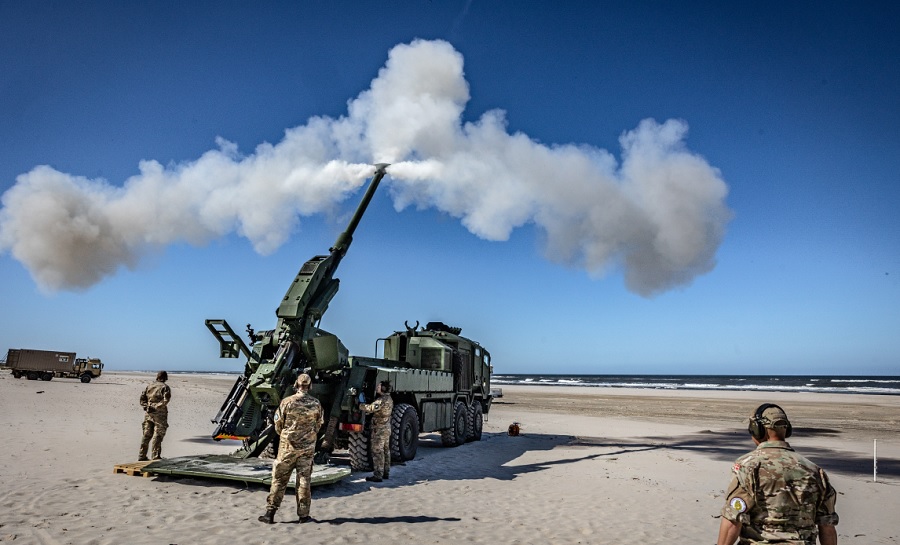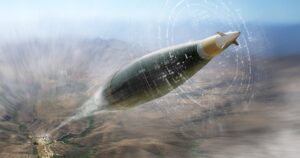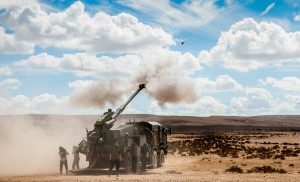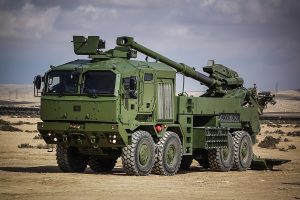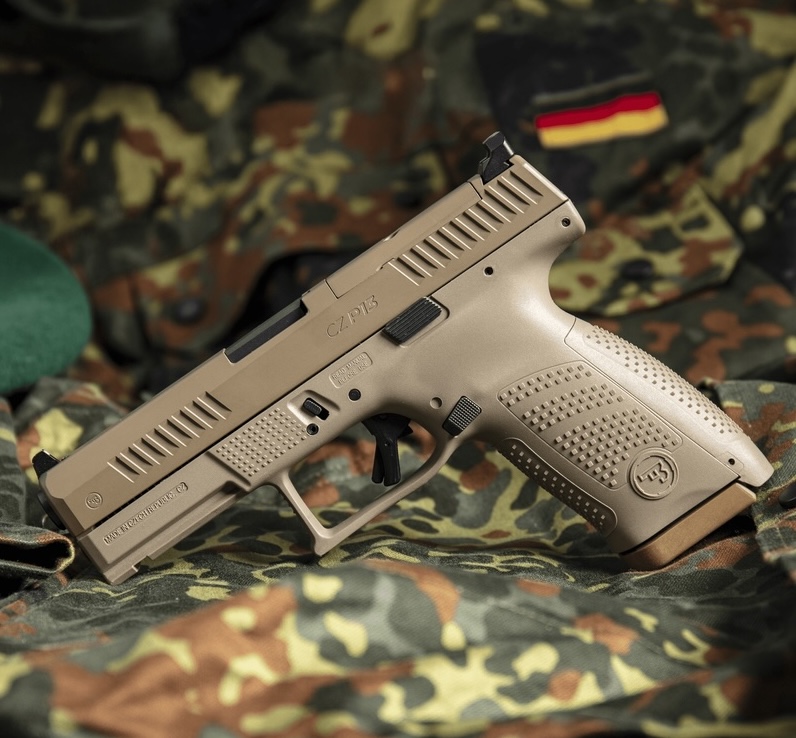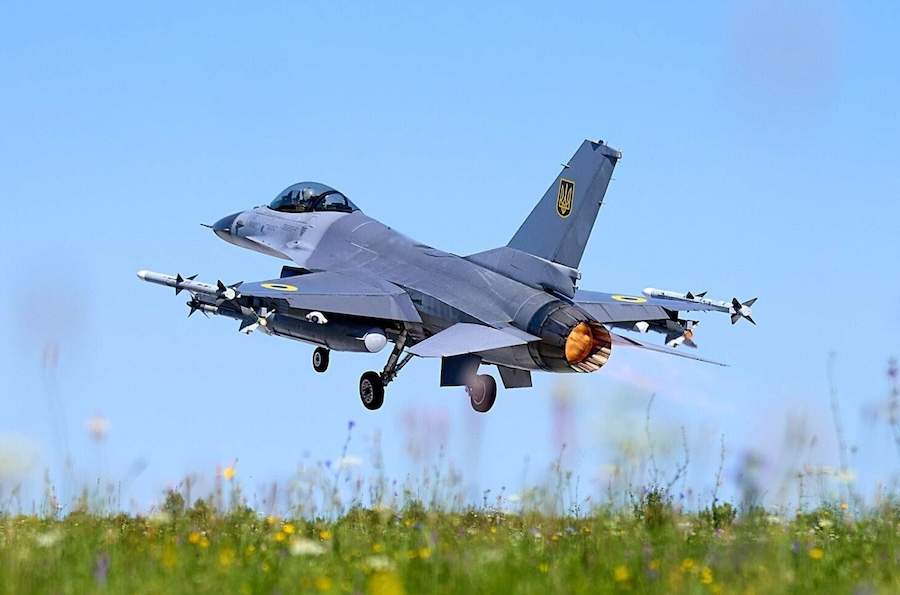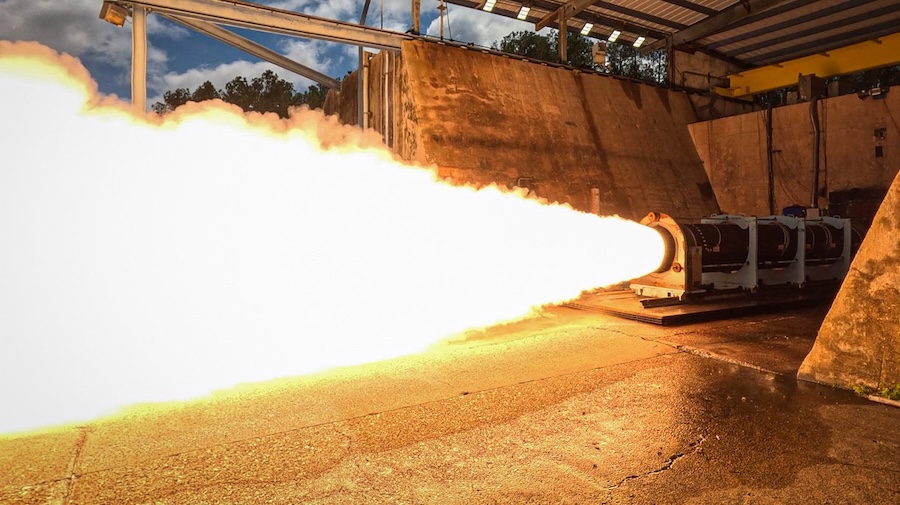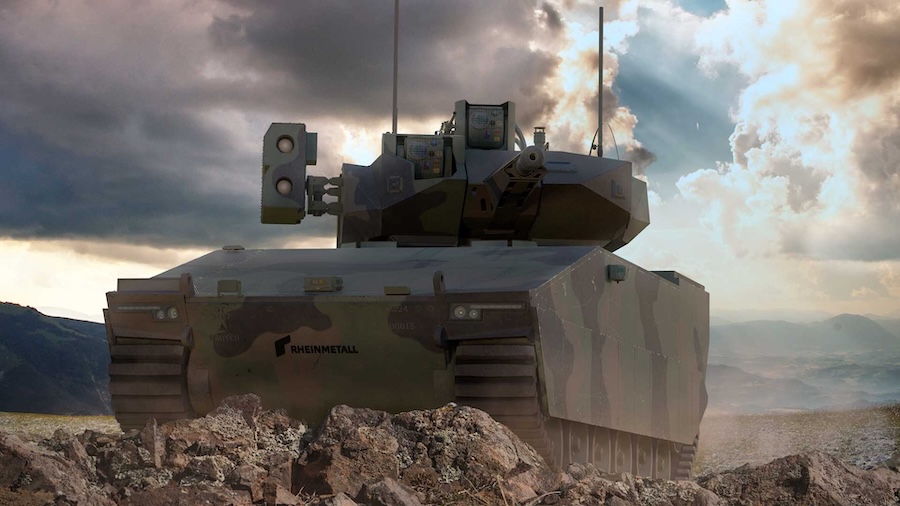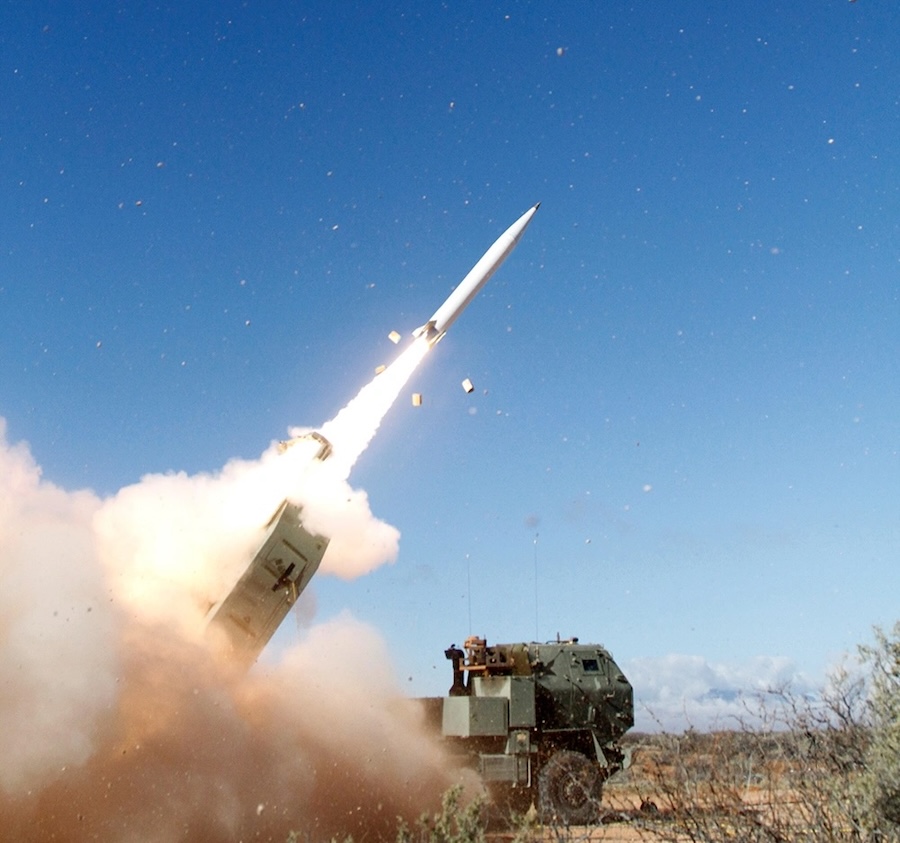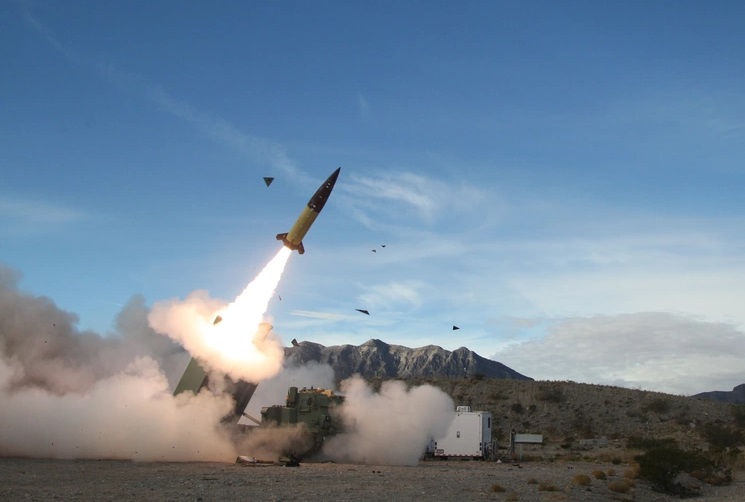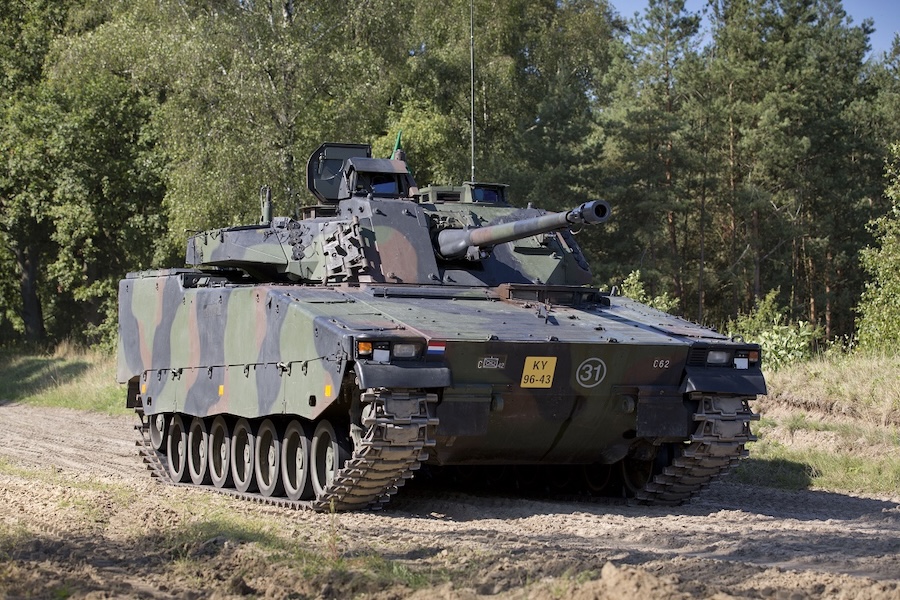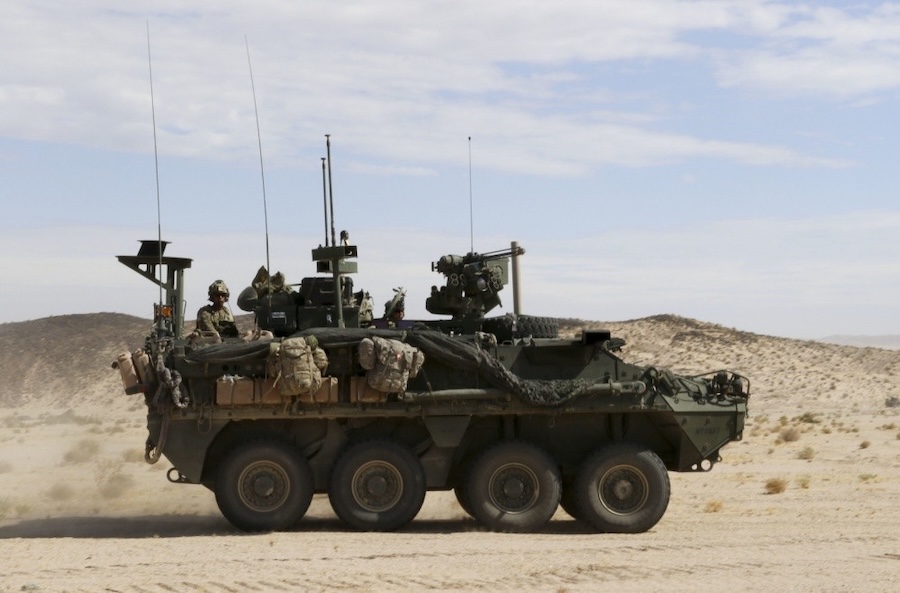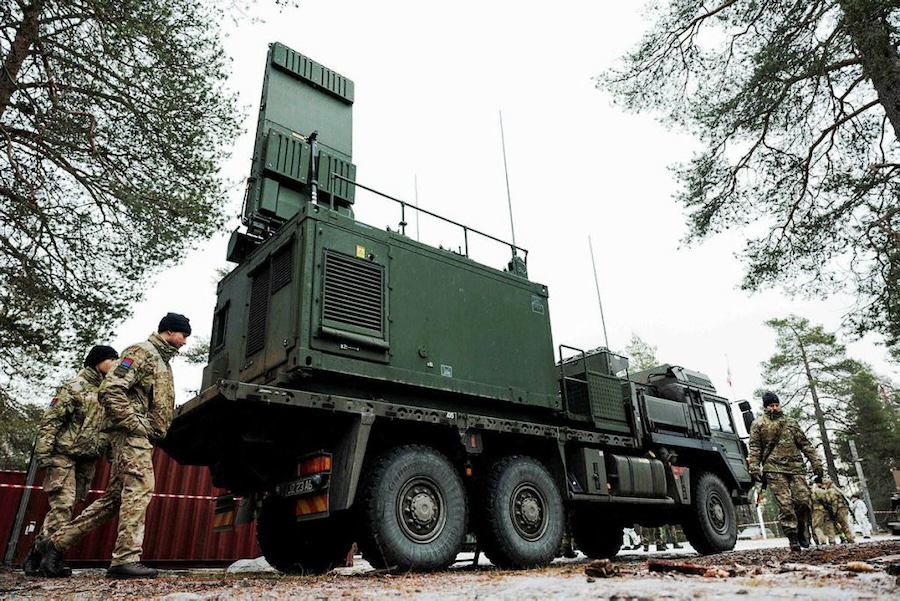This marked the first time that Denmark’s ATMOS 155 mm artillery systems were tested with advanced munitions, including the GPS-guided Excalibur shell, the precision-enhancing PGK fuze, and the newly acquired long-range 155 mm HE-ER round from Nammo. The trial represents both a technological leap and a key milestone in integrating advanced ammunition into the Danish Armed Forces.
“This is an important step. It is the first time we are testing precision-enhancing ammunition together with the ATMOS system under controlled conditions,” said Major Jacob, head of the fire support section in the Army division of FMI.
Yuma Proving Ground provides world-class testing conditions for long-range, specialised artillery operations. Its dry climate and vast, open terrain enable firing up to 50 kilometres with full data collection and pinpoint measurement of impact points.
“It’s unique because we can conduct firings at over 40 kilometres and still ensure complete target tracking. We get precise data on where the shells hit and how well the guidance functions,” Jacob explained.
During the test, several types of ammunition were fired from the ATMOS system, with results showing stable performance and high accuracy even at extended ranges. Among the technologies trialled was the Precision Guidance Kit (PGK), which transforms traditional shells into highly accurate projectiles.
PGK, fitted to High Explosive – Extended Range (HE-ER) shells, uses a GPS receiver and steering fins to actively adjust the shell’s trajectory in flight. While not converting the shell into precision ammunition per se, PGK significantly improves accuracy at long distances.
“PGK is extremely interesting to us because it can make regular 155 mm artillery ammunition much more precise. Typically, we would use PGK with extended range rounds at greater distances, and it doesn’t require a complete system change – we just upgrade what we already have,” said Jacob.
He noted that PGK typically reduces the expected dispersion from around 200 metres to approximately 50 metres. This allows fewer rounds to achieve the desired effect, providing both logistical and tactical advantages.
“It can significantly improve precision, and we’re typically talking about an expected spread of about 50 metres – compared to perhaps 200 metres without. That means fewer rounds per target and thus both logistical and tactical gain,” he added.
Also tested was the Excalibur round – a fully GPS-guided 155 mm shell already in use in several NATO countries. With an expected dispersion of under 10 metres, Excalibur is suited for high-precision strikes where minimising collateral damage is critical.
“This is the pinnacle of what conventional artillery can achieve. If you can see the target and have the coordinates, you can hit it – first time. It changes the entire approach to how artillery can be used in combat,” Jacob stated.
The HE-ER shell from Norwegian manufacturer Nammo was also tested, designed to exceed 40 kilometres in range depending on charge and firing data. Its aerodynamic design complements the 52-calibre barrels of the ATMOS system, allowing deep strikes with high precision.
“With these shells, we can deliver firepower much deeper into enemy areas – and still with high accuracy. It greatly expands our operational possibilities,” said Jacob.
The testing campaign was carried out through close collaboration between FMI and the Danish Artillery Regiment. FMI oversaw technical and project management responsibilities, while the regiment’s personnel operated the systems and conducted the firings.
“It worked really well. It’s crucial that users and technical experts work closely together – that way, we test functionality and see how it performs in practice. We learn much faster and can make adjustments along the way,” Jacob explained.
With the successful completion of the tests, the groundwork has been laid for further development and implementation of modern artillery ammunition in Denmark. Data from Yuma will now be analysed and used as a foundation for operational recommendations and potential acquisitions.
“We are now able to strike targets further away, with greater precision – and with fewer rounds. That’s the direction modern artillery is heading, and we are now well on the way to delivering that capability to the Army,” Jacob concluded.
Source: DALO.




